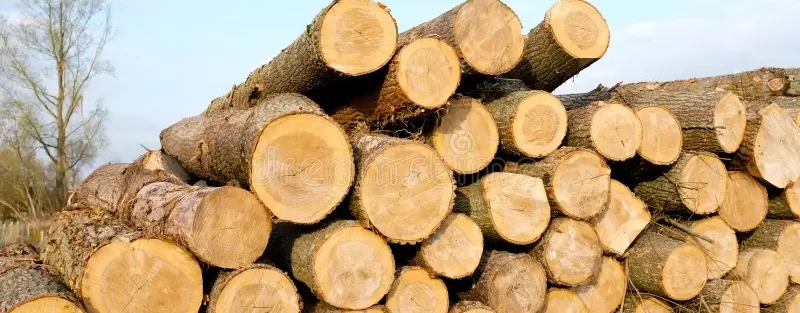Timber is a critical raw material for a variety of industries, including construction, furniture manufacturing, paper production, and bioenergy. The global timber market is complex, with various types of timber (softwood, hardwood, and processed wood products) catering to different industries and consumer needs.
1. Key Timber Export Markets
The global demand for timber is growing, driven by the construction and manufacturing sectors in both developed and emerging markets. Key players in the timber export market include:
- Russia: One of the world’s largest exporters of timber, particularly softwood (e.g., pine and spruce). Russia exports timber to European and Asian markets, with China being one of the largest buyers.
- Canada: Known for its vast forests, Canada is a major exporter of both softwood and hardwood timber, with a focus on building materials and wood products.
- United States: The U.S. is both a large producer and exporter of timber, particularly in the Pacific Northwest region, which is known for its high-quality softwood. Timber exports from the U.S. primarily go to countries in Asia and Europe.
- Brazil: As one of the world’s largest exporters of hardwood timber, Brazil plays a key role in global timber trade. Its main export markets include China, the United States, and European countries.
- Africa: Several African countries, including Gabon, Cameroon, and the Republic of Congo, are major exporters of timber, particularly tropical hardwoods like mahogany and ebony. African timber exports are growing due to increasing demand from Asia and Europe.
2. The Demand for Sustainable Timber
Sustainability has become a central concern in the timber industry. The increasing awareness of deforestation, illegal logging, and the need for responsible forest management has prompted countries and businesses to seek out certified sustainable timber.
Certifications such as the Forest Stewardship Council (FSC) and the Programme for the Endorsement of Forest Certification (PEFC) are key indicators that timber has been harvested in a way that meets environmental, social, and economic standards. These certifications not only help protect the environment but also provide access to premium markets where consumers and businesses are willing to pay more for sustainable products.
Additionally, many countries have adopted laws to prevent the illegal exportation of timber. For example, the European Union Timber Regulation (EUTR) prohibits the importation of illegal timber, prompting countries to adopt more rigorous logging practices and improve transparency within supply chains.
3. Opportunities and Challenges in Timber Exportation
- Opportunities: The growing demand for eco-friendly and sustainable construction materials, coupled with the rise in green building certifications, presents significant opportunities for timber exporters to cater to markets with an increasing preference for environmentally responsible products. Exporters who focus on certified sustainable timber are likely to see increased demand, particularly from European and North American markets.
- Challenges: One of the biggest challenges facing the timber export industry is illegal logging and the enforcement of sustainability standards. Ensuring that all timber is legally harvested and complying with international regulations can be a costly and complex process. Additionally, timber prices are often volatile, affected by global supply chain disruptions, changing environmental regulations, and fluctuations in demand from major importers like China.


